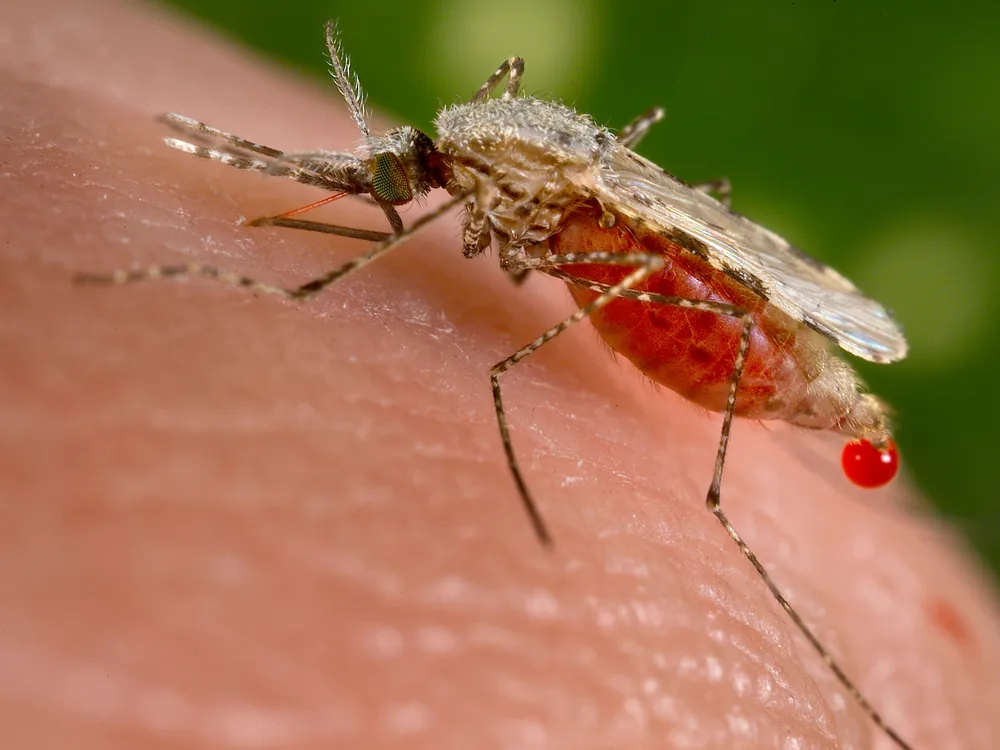No, the catchy title for this article does not seek to elucidate the people or entities responsible for approving vaccines, it refers to the World Health Organization (WHO), which last week approved and recommended a new vaccine to protect children against malaria, a deadly disease that killed more than 600,000 people in 2021 alone.
The approved vaccine named R21/Matrix-M becomes only the second vaccine to win WHO approval for treating malaria in children. Developed by scientists at Oxford University, the vaccine will be manufactured by the Serum Institute of India based in the city of Pune. In a statement issued on the approval of the new vaccine,, the Director-General of WHO, Tedros Adhanom Ghebreyesus, noted, “As a malaria researcher, I used to dream of the day we would have a safe and effective vaccine against malaria. Now we have two.”
“By adding the vaccine to the current tools that are in place, tens of thousands of children’s lives will be saved every year,” said epidemiologist Mary Hamel — who leads the WHO’s malaria vaccine implementation program — while speaking at a press conference called to announce the vaccine endorsement, at the WHO headquarters in Geneva, Switzerland, on 2 October.
Researchers behind the new vaccine say R21 is easier to make and cheaper than the first-approved malaria vaccine, called RTS,S/ASO1, which was approved by WHO in 2021. The new vaccine, a modified version of RTS,S, is already approved in Burkina Faso, Ghana and Nigeria, and will be available in mid-2024 at US$2–4 per dose. On the other hand, RTS,S vaccine, produced by the UK-based global pharmaceutical giant GSK costs around $9.80 per dose.
Sold under the brand name of Mosquirix, the RTS,S vaccine has been given to nearly 1.7 million children in Ghana, Kenya and Malawi. However, limited supply of the vaccine has meant that it cannot meet the demand to effectively combat the mosquito-borne disease. According to WHO, malaria infection kills more than 260,000 African children under 5 years old each year.
Serum Institute has said it has the capacity to produce 100 million doses of the new vaccine annually, and plans to ramp production to 200 million doses per year in two years time. “This is a very big step towards access and full supply to meet the demand,” said Kate O’Brien, the director of the WHO’s Department of Immunization, Vaccines and Biologicals.
Similar to the previous vaccine, the R21/Matrix-M requires three doses with a booster dose given 12 months later. In granting its approval to R21/Matrix-M, the WHO noted that the vaccine met the Organization’s target of 75 percent efficacy at preventing the disease in a trial with 4,800 children in Burkina Faso, Kenya, Mali and Tanzania. The children received three doses before a seasonal malaria peak in their countries. A booster dose administered after 12 months was shown to maintain protection.
Malaria is a life-threatening parasitic disease that spreads to humans by mosquitoes. It is traditionally found in tropical environments. According to the World Malaria Report 2022, prepared by WHO, the disease affected an estimated 247 million people and led to the death of over 619,000 people worldwide in 2021, with nearly 75 percent of those deaths being children under the age of five. This illness can lead to mild symptoms such as fever, chills, and headaches while more serious symptoms such as seizures, confusion, fatigue, difficulty breathing, and kidney failure, can lead to death.
One of the biggest challenges in treating malaria is that many of the symptoms are similar to other common respiratory infections, with fever, congestion, body aches, chills, and even nausea, vomiting, and diarrhea. If not treated quickly, it can result in severe complications. Unlike conditions such as COVID-19 or influenza, malaria is not transmitted from one person to another but rather due to infected mosquitoes biting people, which makes it all the more difficult to stop the spread of disease.
The use of insecticide-treated bed nets, also referred to as ‘mosquito nets’, in regions of the world with malaria has been proven to be highly effective in preventing mosquito bites that spread the disease. But in many places where malaria is prevalent the availability of such nets can sometimes be a challenge.

